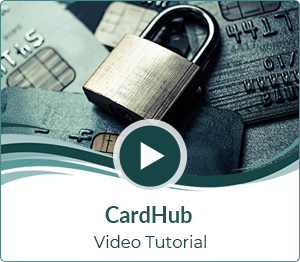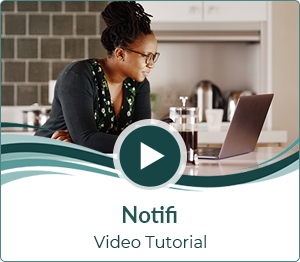How to Create a Budget You'll Actually Stick With
01/16/2025
By: ESB Financial

Creating a budget is one of the most important steps you can take toward achieving financial stability and reaching your goals. But let’s face it—sticking to a budget can be challenging. The good news? A realistic and well-thought-out budget makes it much easier to follow. Here are some practical tips to help you create a budget that works for your lifestyle and keeps you on track.
1. Start by Understanding Your Finances
Before you can create a budget, you need a clear picture of your financial situation. Here’s how to get started:
-
Track Your Income. Write down all sources of income, including your paycheck, side hustles, or any additional earnings.
-
Track Your Expenses. For at least a month, record every expense, from rent and utilities to coffee runs and subscription services. This will help you see exactly where your money is going.
2. Set Clear Financial Goals
Budgeting becomes more meaningful when you have specific goals in mind. Ask yourself:
-
Are you trying to pay off debt?
-
Do you want to build an emergency fund?
-
Are you saving for a vacation, home, or retirement?
Defining your goals will help you prioritize your spending and give your budget a purpose.
3. Choose a Budgeting Method That Fits You
There isn’t a one-size-fits-all approach to budgeting. Here are a few popular methods to consider:
-
50/30/20 Rule. Allocate 50% of your income to needs, 30% to wants, and 20% to savings and debt repayment.
-
Zero-Based Budget. Every dollar is assigned a job, whether it’s for bills, savings, or spending.
-
Envelope System. Use physical or digital envelopes to allocate money for specific categories like groceries, entertainment, or gas.
Choose the method that feels manageable and aligns with your financial goals.
4. Be Realistic About Your Spending
Your budget should reflect your real-life spending habits. Cutting back too drastically can make sticking to your plan feel impossible.
Instead:
-
Allow room for occasional treats or entertainment to avoid burnout.
-
Identify areas where you can reasonably cut back, such as dining out or subscription services.
5. Automate Where Possible
Automation takes the guesswork out of budgeting and makes it easier to stay consistent:
-
Set up automatic payments for bills to avoid late fees.
-
Schedule recurring transfers to savings accounts to prioritize your financial goals.
6. Track Your Progress Regularly
Budgeting isn’t a “set it and forget it” task. Regularly reviewing your budget helps you stay on track and make adjustments as needed:
-
At the end of each month, compare your actual spending to your budget.
-
Adjust your categories or spending limits if your priorities or expenses change.
7. Build in Flexibility
Life happens, and unexpected expenses can arise. Include a buffer in your budget for miscellaneous costs or emergencies. This flexibility will help you stay on track without feeling like you’ve failed.
8. Celebrate Your Wins
Budgeting takes effort, so it’s important to celebrate your progress. Whether it’s hitting a savings milestone or paying off a credit card, reward yourself in a small but meaningful way to stay motivated.
9. Get Support if You Need It
If you’re struggling to stick to your budget or need help getting started, don’t hesitate to reach out for guidance. A financial advisor or budgeting app can provide tools and strategies to keep you on track.
Creating a budget you’ll actually stick with starts with being realistic and intentional. By understanding your finances, setting clear goals, and finding a method that works for you, you can take control of your money and build a stronger financial future. Remember, budgeting isn’t about restriction—it’s about empowerment. You’ve got this!














